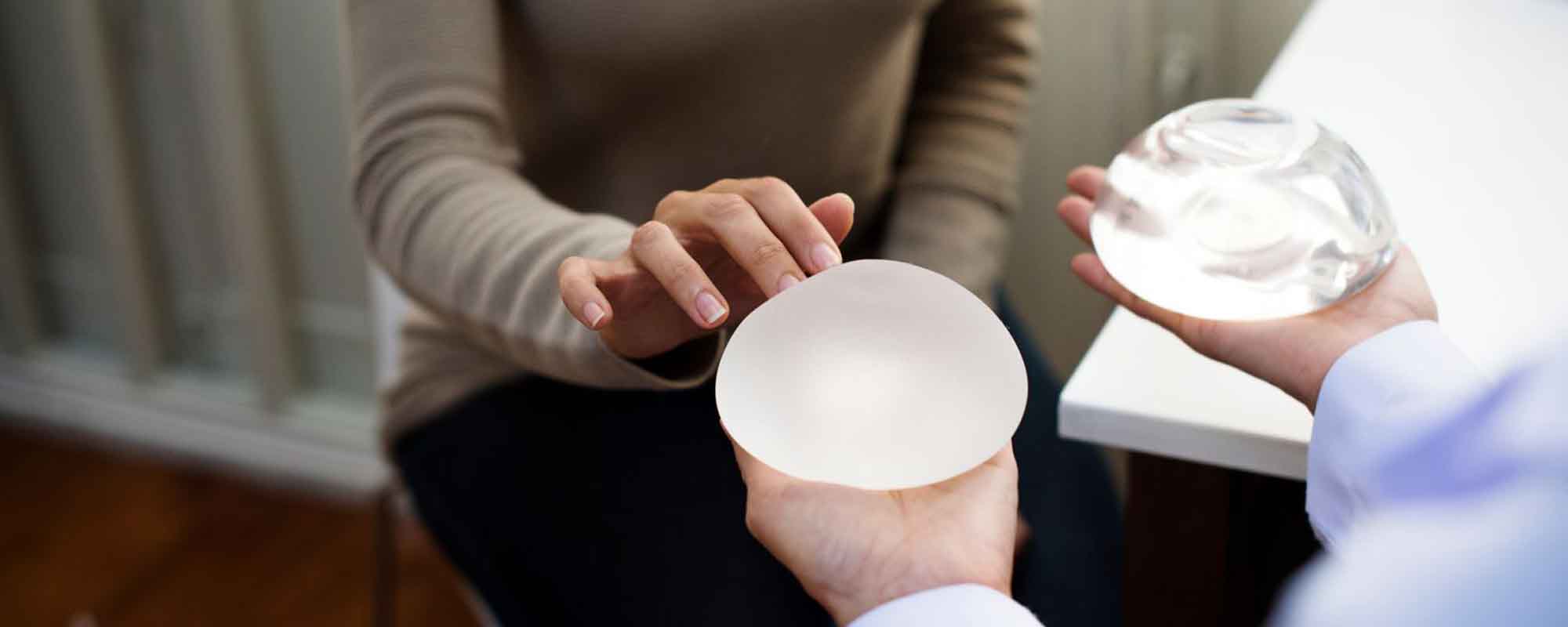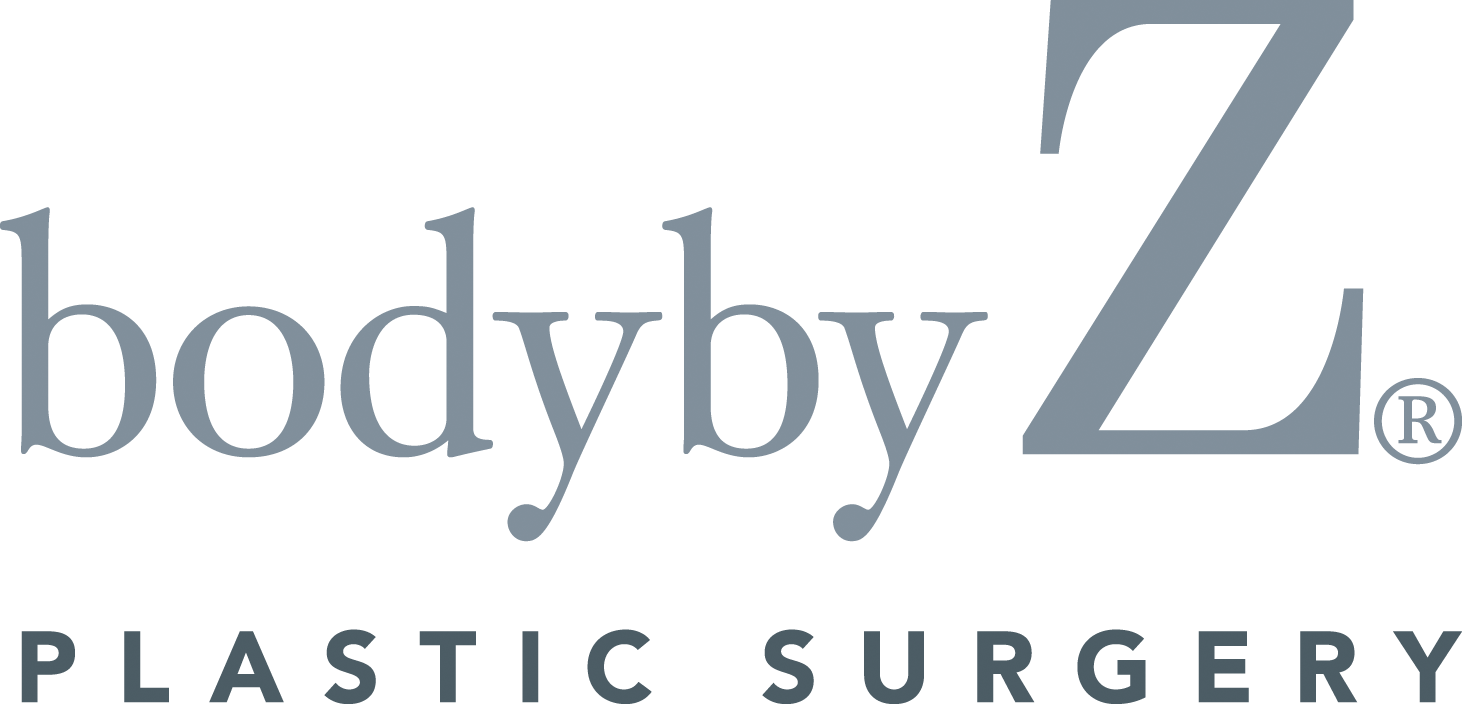
06/27/2019 0 Comments
Saline vs. Silicone Implants: Which Breast Implants Are Best for You?
In 2016, the number of breast augmentation procedures in the United States were 290,467. More people are seeking cosmetic surgery to change the shape or size of their breasts.
While at it, understanding saline vs silicone implants is important so that you opt for what will suit your needs.
The two breast implants are in different sizes and are both safe. Silicone is viscous and creates a natural feel when implanted. Saline-filled implants have saline fluid that fills a silicone envelope.
If you are considering a breast augmentation surgery, read on about saline vs. silicone implants to know the breast implants for you.
Saline vs Silicone Implants: Factors to Consider When Choosing the Right Breast Implants
Silicone and saline breast implants have different features and the choice is dependent on several factors. Your decision will depend on these factors and on your preferences. Here is what you need to know and consider before making this decision.
1. Age
The FDA approves saline implants when patients are 18 years and above. On the other hand, silicone implants are for people who are above 22 years. While going for either option is not illegal, manufacturers are not liable for any side effects if you opt for a breast implant that is beyond your age.
In most cases, younger women opt for breast implants to increase the volume of their small breasts. If you are above 40 years, breast lifting will often be necessary along with augmentation to address cases of sagging breasts.
Your age along with current size and shape should determine the choice of breast implant.
2. Cost
The cost of breast implants is dependent on the type, location, and the doctor. Health insurance is not an option in cosmetic surgery. Most of the breast augmentation costs range between $7,000 and $10,000.
On average, saline implants are cheaper than silicone implants. While still considering cost, it is important to understand that the outcome will be different. Contemplate other related costs such as future monitoring to avert ruptures and breast-augmentation recovery procedures.
The FDA recommends recipients of silicone implants to have regular MRIs in case of silent ruptures. The MRIs are expensive. Most plastic surgeons do not feel regular MRI’s are necessary. When choosing the best breast implant, consider such additional costs.
3. The Nature of Your Breast Tissues
You can opt for saline implants if you have adequate natural breast tissues. Filling the implants is vital because it reduces rippling. With more breast tissues, filling with saline gives it a firm feel.
Most patients who go for breast augmentation procedures have few breast tissues, causing their doctors to recommend silicone implants. In contrast to saline, silicone implants have a viscous filling. The silicone gives the breast a natural look because the implant is quite soft.
Consultation with your doctor will help identify the number of breast tissues you have. A professional cosmetic surgeon will direct you on the best implant. Research more so that you can make decisions from an informed perspective.
4. The Degree of Scarring
For saline implants, the incisions are smaller but more versatile. An incision is necessary to create a breast pocket where an implant is placed.
With silicone implants, you can have a transaxillary or inframammary incision. The degree of scarring is dependent on the incisions and the outcome you desire. The saline implants have fewer cases of scarring because of the small incisions.
Seek your surgeon’s view on the procedure that will have minimal scars. Smaller scars can increase women’s confidence and makes the breasts more attractive without having to hide some marks.
5. Implant Ruptures
When going for breast augmentation surgery, you should know that a future revision surgery might be necessary. The breast implants can rupture any time. Whether silicone or saline breast implants, the rupture is inevitable.
If you have an implant rupture, going for breast revision with a Plastic surgeon can restore your confidence. The breast revisions can also be ideal if the symmetry, shape, placement, and size of the implants don’t impress you. Seek a professional to avoid a botched procedure.
For saline implants, you can sometimes detect a rupture within hours. The affected breast reduces in shape and size because of the deflated implant. The body naturally absorbs the saline with no recorded side effects.
You might never detect a ruptured silicone implant even over many years. Silicone is cohesive and can remain in the breast’s fibrous capsule. When it ruptures, the breast might change in shape and experience discomfort. The recommended MRIs can detect a ruptured silicone breast implant in time. You will have to undergo minor surgery to remove the leaking silicone and implant shell. If any of the implants rupture, you can replace them at your convenience.
Choose a Great Cosmetic Plastic Surgeon
You should always select a qualified and professional surgeon to undertake your procedure. A good doctor will let you know of possible side effects and advise you accordingly.
For instance, breast augmentation can affect the ducts and nerves in a breast. If the implants are below the muscles, the effect on milk production for lactating mothers is not an issue.
Some of the risks associated with either of the implants include breast pain and infection. The breast sensation might change temporarily especially if you had an areolar incision. One of the major risks is rupture or implant leakage, which can be undone through augmentation revision.
A good doctor will be available in case you need a breast augmentation procedure.
The Choice of Saline vs Silicone Implants Is One of the Hardest Because They Both Have Their Pros and Cons
If you desire a natural feel, silicone breast implants are your ultimate solution.
Despite the negative attention from the media, the silicone breast implants don’t have adverse health impacts. FDA has prompted in-depth clinical research to determine the safety of the implants. Whether you choose saline or silicone implants, your main concern should be to get a professional and board-certified Plastic surgeon.
Your body anatomy should guide a surgeon to the best implant choice for best results. However, after researching saline vs silicone implants, the choice is on you. The FDA has approved both types of breast implants, making one confident when going for the surgery.
Contact us for any cosmetic and reconstructive procedures, and experience firsthand quality service of a dull board certified, experienced and skilled surgeon.

Comments
Leave a comment